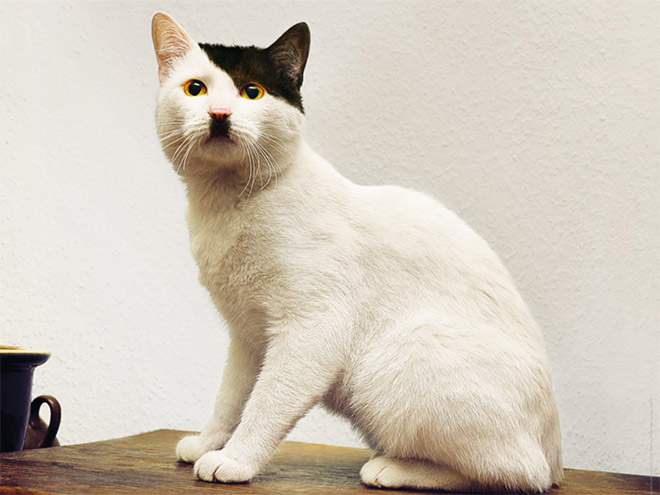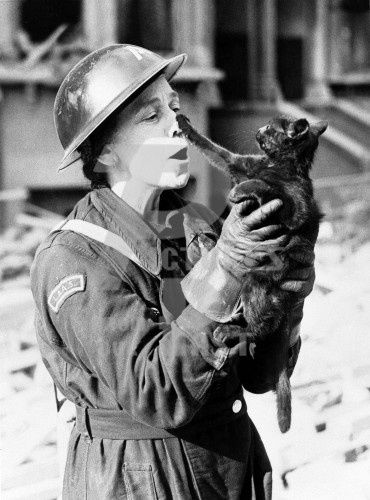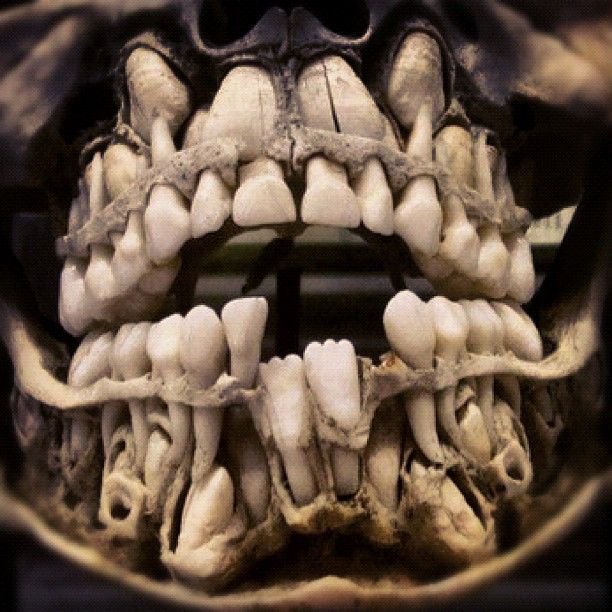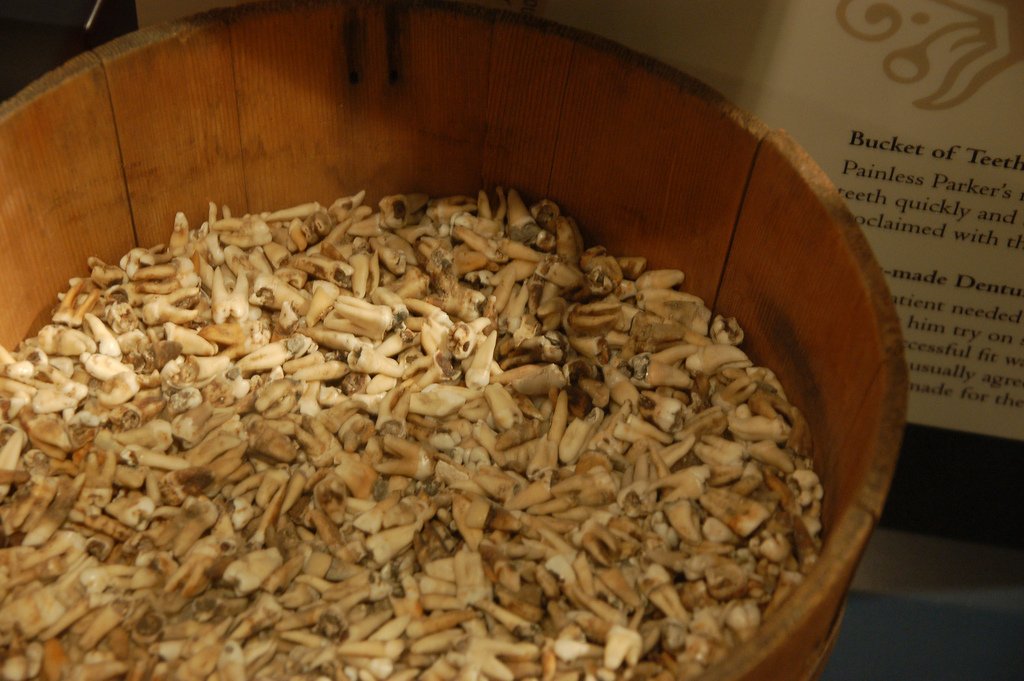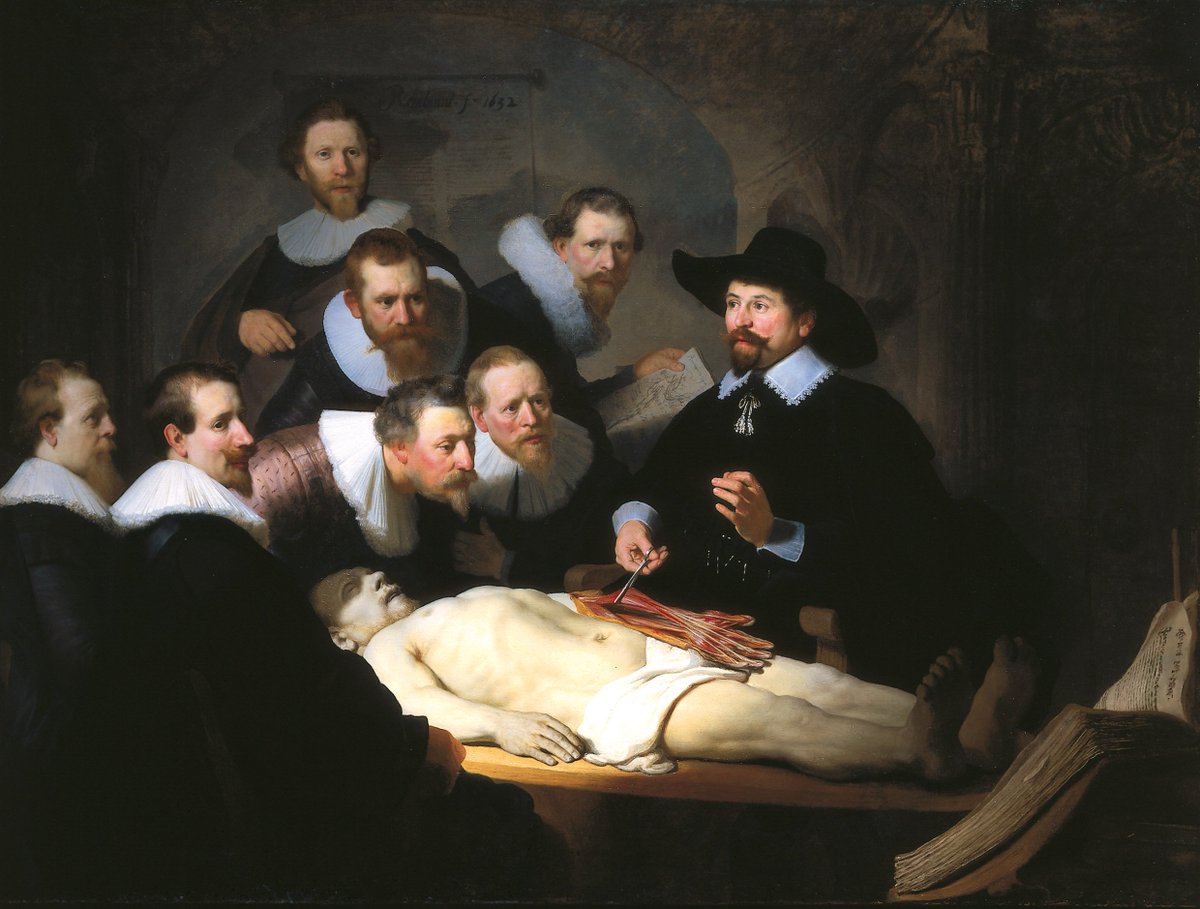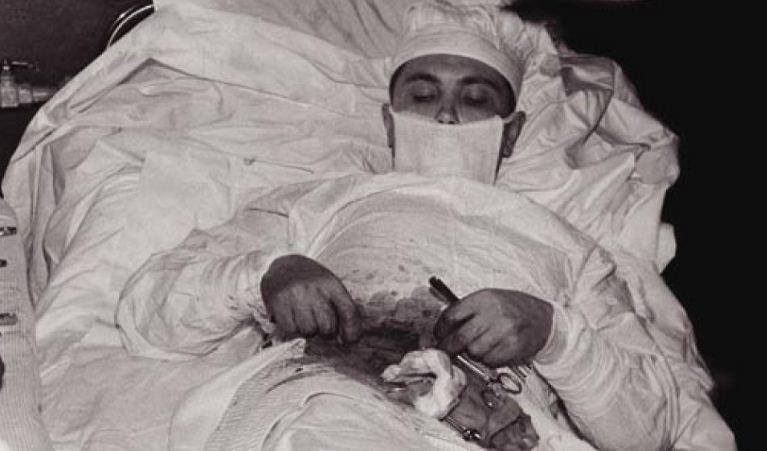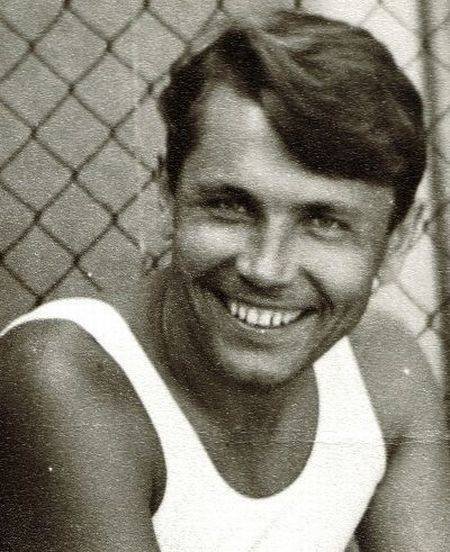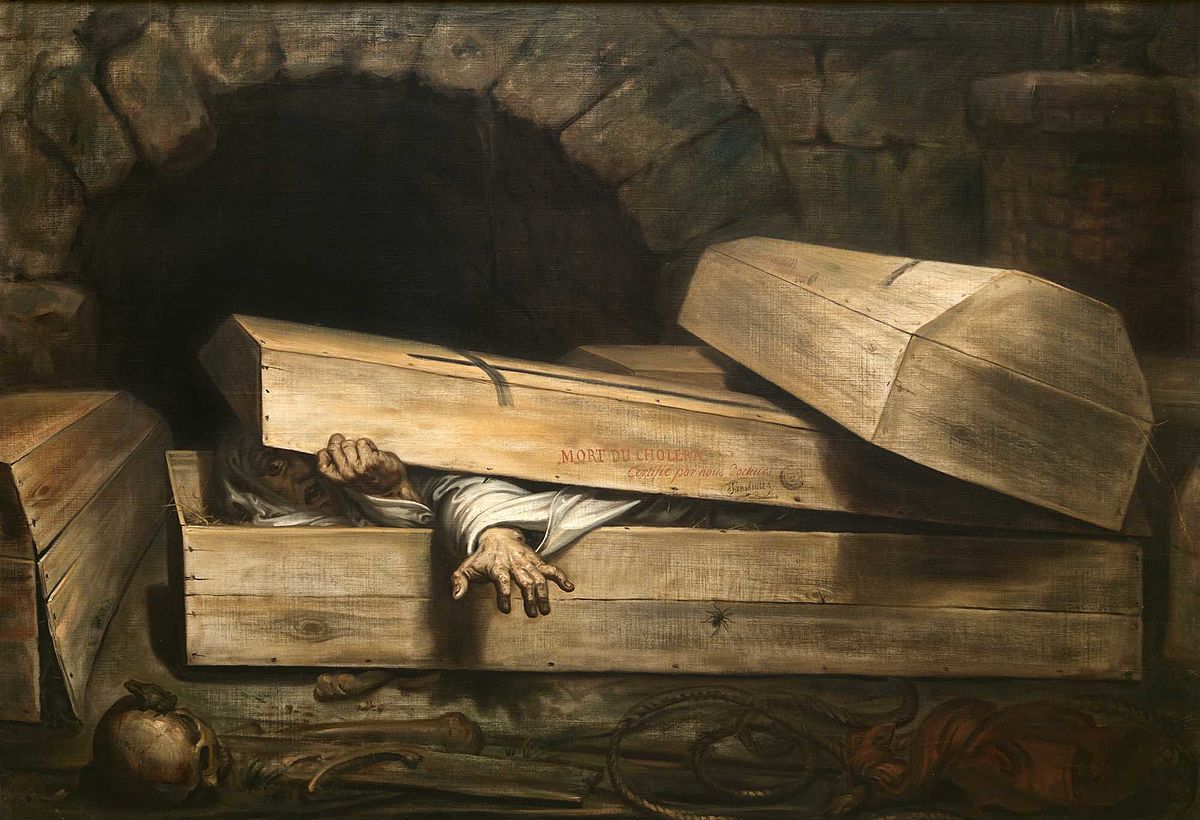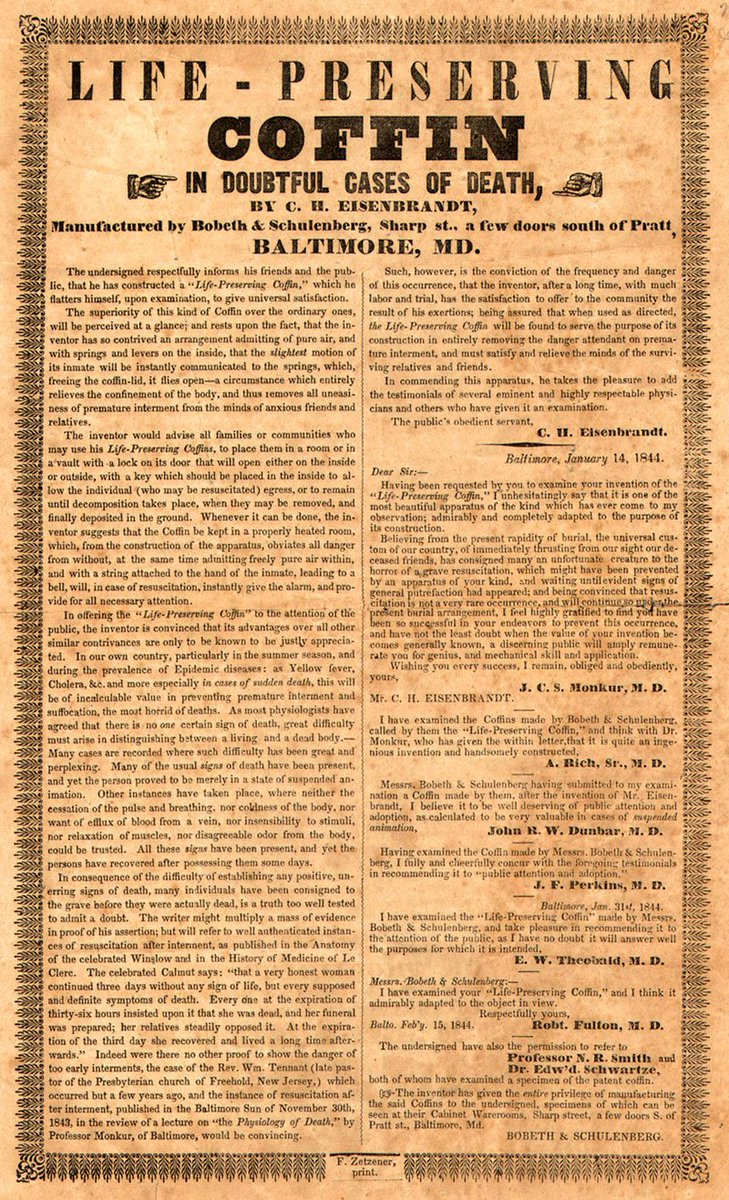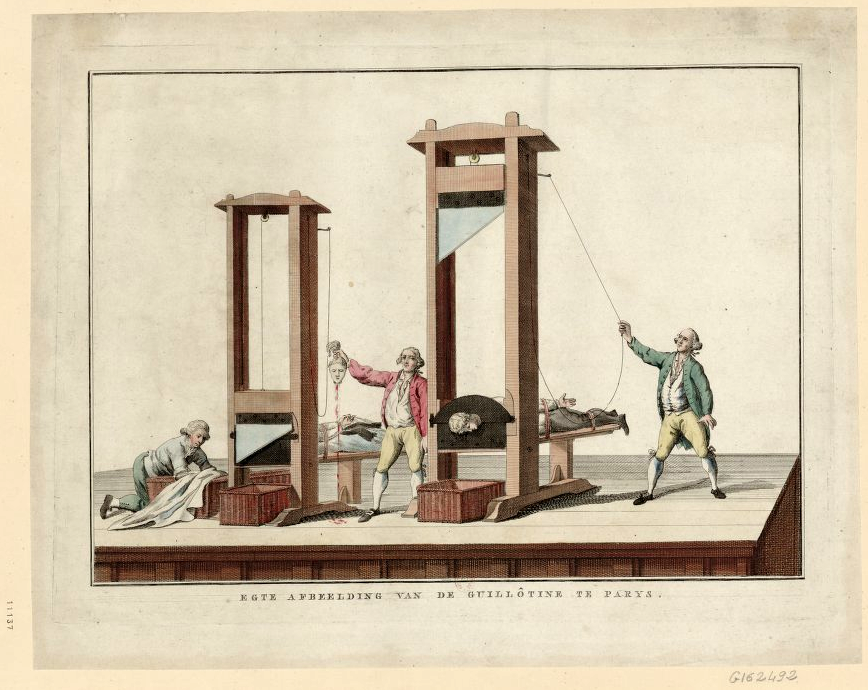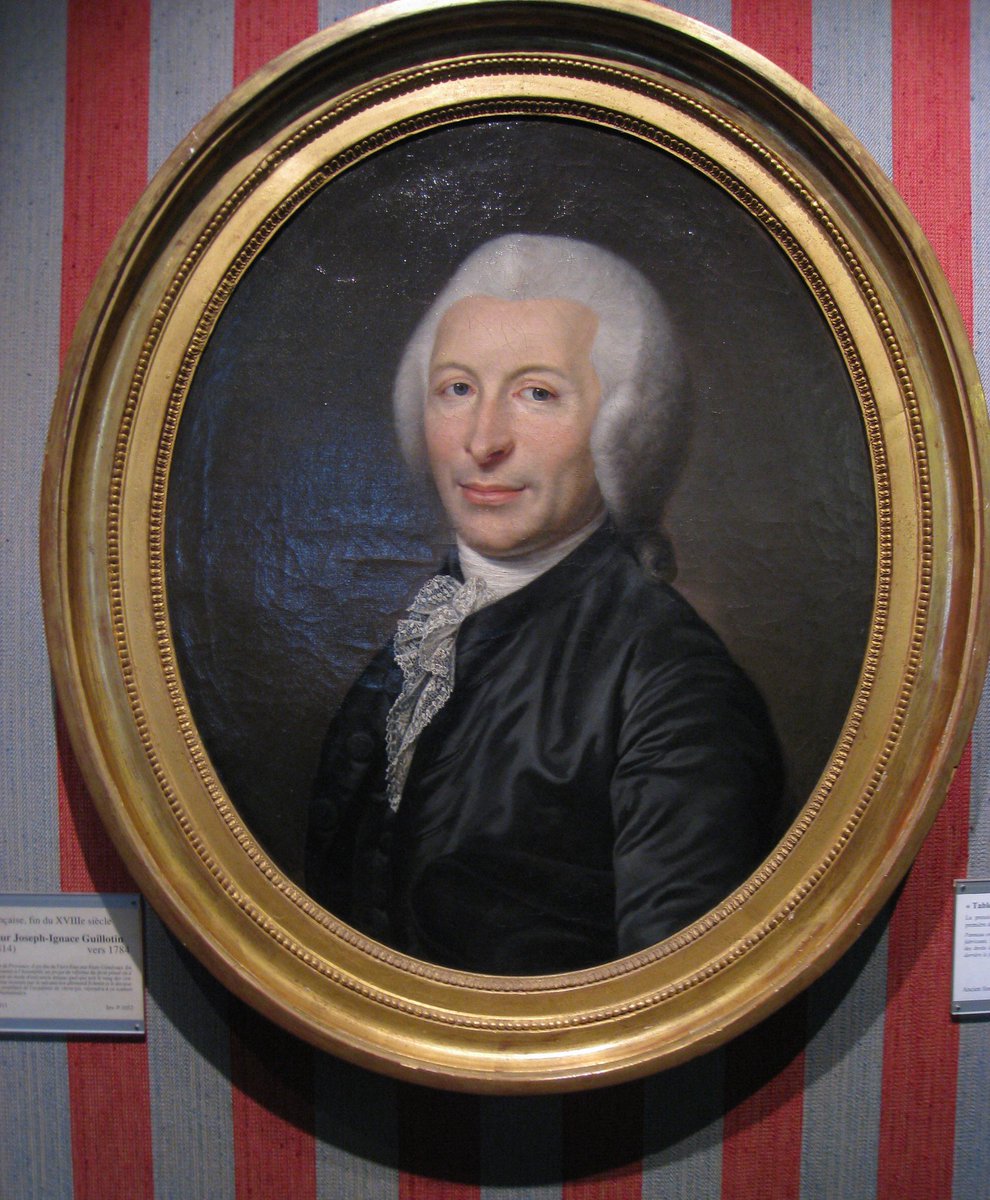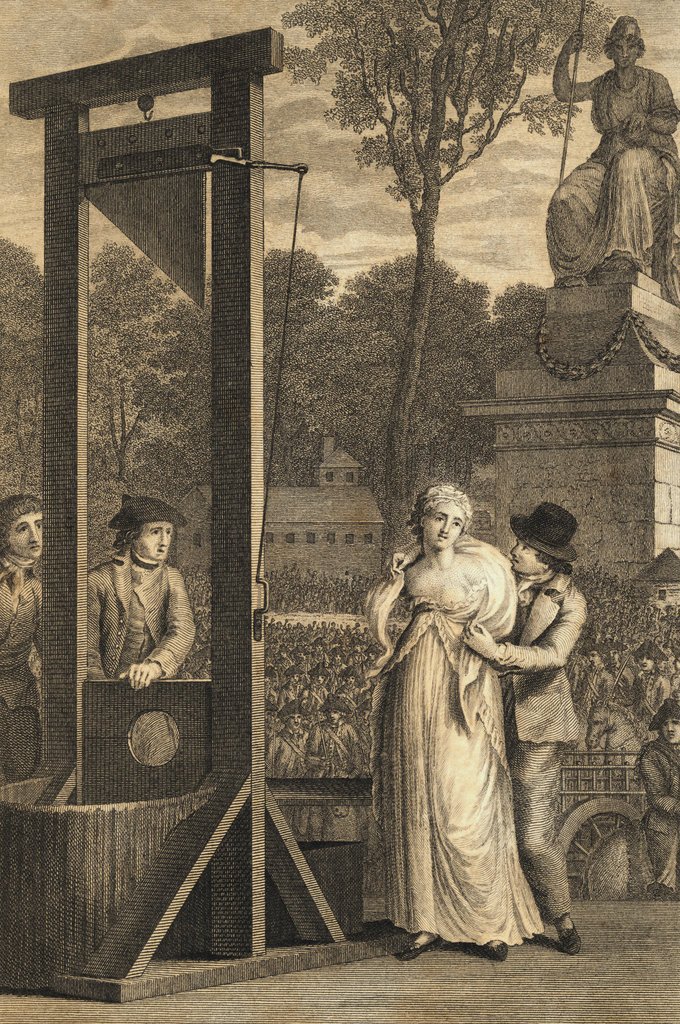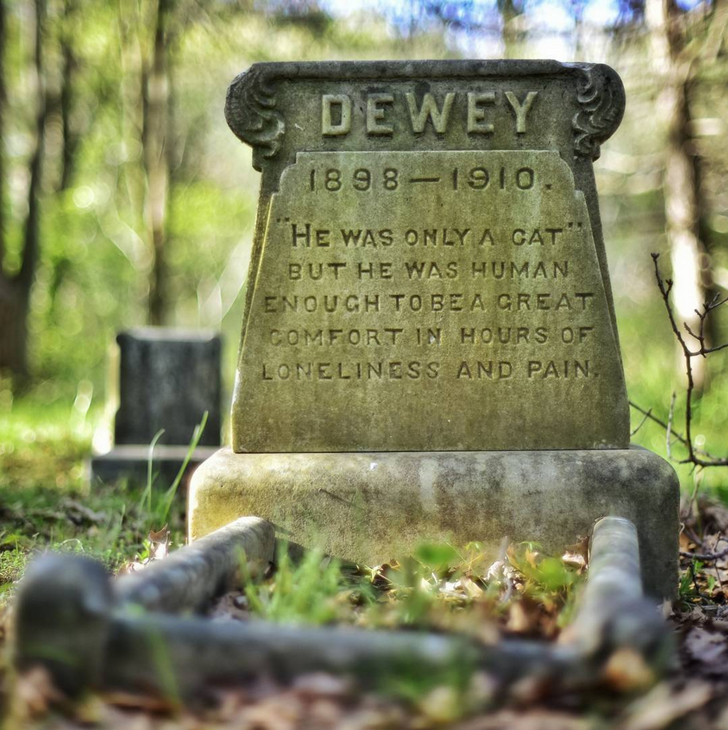
(1/16) It’s #RemembranceDay in Britain. In preparation for my next book on the history of plastic surgery, I’m immersing myself in diaries, letters, & literature from #WWI. Today's THREAD is in honor of the nurses who played an integral part in the war effort.👇 

(2/16) Never before had the world faced such slaughter. During WWI, medical staff applied 1.5 million splints, administered 1,088 million doses of drugs, fitted over 20,000 artificial eyes & used 7,250 tons of cotton wool while applying 108 million bandages to injured combatants. 

(3/16) More than 6,000 medical staff would die, & over 17,000 would be wounded in the British Army alone. No matter how extensive healthcare provisions were or how hard doctors and nurses worked, medical care was consistently overwhelmed the sheer number of wounded men. 

(4/16) Young women turned out in their thousands to volunteer as nurses. Most had never set foot inside a hospital, let alone cared for the sick and wounded. They were called upon to perform tasks requiring domestic skills few of them possessed. 
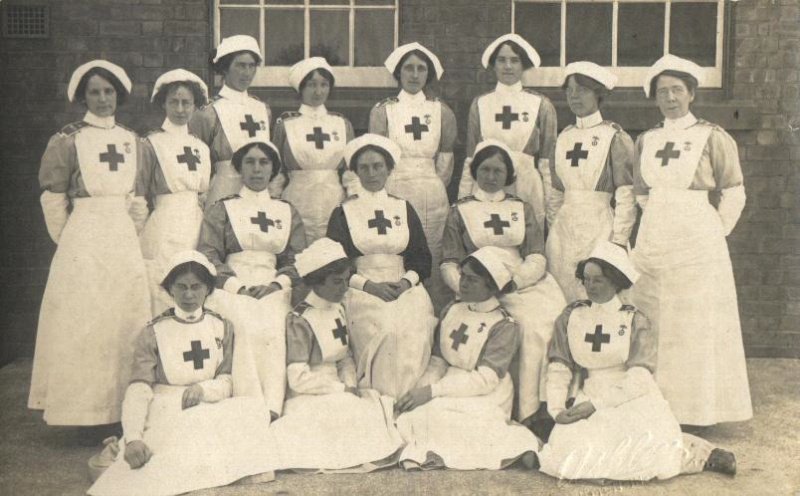
(5/16) “I can see a girl now sitting on the stairs with a duster, wondering what on earth to do with it,” one woman recalled. Their romantic notions of nursing were soon shattered by the grim reality of bed-pans, urinals, vomit, and blood. 

(6/16) Girls who had never seen a man in his underclothes were suddenly expected to work with the mutilated bodies of soldiers evacuated straight out of the trenches. Enid Bagnold remembered legs piled high in baskets outside the operating theater’s door. 

(7/16) Women found themselves in the most shocking situations. Claire Elise Tisdall watched as a soldier was carried past her. In the dim light, she thought the lower half of his face was covered with a black cloth. Only later did she realize it had been completely blown off. 

(8/16) My forthcoming book on Harold Gillies, the surgeon who helped to rebuild soldiers’ faces during WWI, also features Nurse Catherine Black, who was a vital member of his team in those early days at the Cambridge Military Hospital in Aldershot. 

(9/16) The regular army nurses & surgeons had been shipped off when Black arrived, leaving behind elderly staff unfit for military service, or inexperienced doctors fresh out of medical school. Black worked closely with Gillies to organize a new unit for facial reconstruction. 

(10/16) Black & her colleagues were the last hope for countless wounded arriving at the hospital. Although each man was supposed to be labeled with his name, number, regiment, and type of wound—many bore labels that simply read “GOK” (God only knows). [Photo: Harvard University] 

(11/16) The sight of a soldier with facial could send shock waves through the ranks of the most battle-hardened nurses. Henriette Rémi recalled disfigured men “who have almost nothing human left, bodies featuring mutilated debris in lieu of faces.” [Image: @ExploreWellcome] 

(12/16) Mary Borden—a nurse who later suffered a mental breakdown—described a time when she lifted the bandage from a wounded soldier’s head and half his brain slipped out. Surrounded by such carnage, the severity of the distant conflict raging on the Front was brought home. 

(13/16) “You could not go through the horrors we went through, see the things we saw and remain the same,” Nurse Black later reflected. “You went into it young and light-hearted; you came out older than any span of years could make you.” 

(14/16) Many of these women will feature in my forthcoming book, not only because they are fascinating, but because they were also crucial to the war effort at home and abroad. It was hell for everyone. In the words of George Santayana, "Only the dead have seen the end of war.” 

(15/16) I hope you enjoyed this thread for #RemembranceSunday. Thanks to all the nurses out there, both military and civilian, who continue to provide excellent care. We owe a huge debt to the service you provide. 

(16/16) Some of you have asked when the next book will be released. A book of this nature takes several years to research and write, but rest assured I’m nearing the end. In the meantime, might I point you to #TheButcheringArt, about Victorian surgery: amzn.to/2S4nR5I 

• • •
Missing some Tweet in this thread? You can try to
force a refresh

